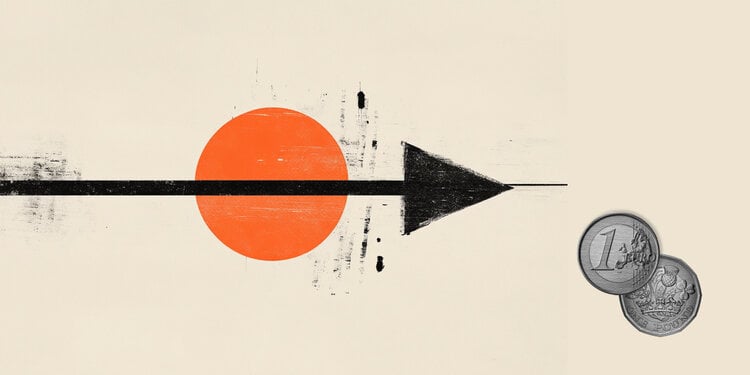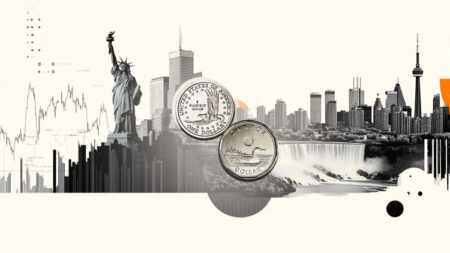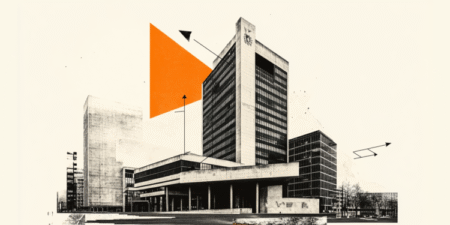- The EUR/GBP pair retreats on Thursday, snapping a three-day rally to trade near 0.8420 during the American session.
- Weaker-than-expected Eurozone PMI data increases pressure on the Euro.
- UK services activity shows signs of recovery, while inflation jumps to 3.5% in April, reducing the likelihood of a near-term BoE rate cut.
The EUR/GBP cross edges lower on Thursday, retreating after a three-day rally to trade near 0.8420 at the start of the American session as investors digest a mixed batch of economic data from both sides. The Euro (EUR) is under modest pressure following weak Eurozone Purchasing Managers Index (PMI) figures, while the British Pound (GBP) holds relatively firm after the United Kingdom’s (UK) inflation unexpectedly accelerated in April.
The flash HCOB Eurozone Composite PMI fell to 49.5 in May from 50.4 in April, missing market expectations of 50.7. This decline was primarily driven by a sharper downturn in the services sector as the Services PMI dropped to 48.9 from 50.1, undershooting forecasts of 50.3. In contrast, the Manufacturing PMI rose slightly to 49.4 from 49.0, topping expectations of 49.3.
The softer PMI figures reinforce concerns about a fragile recovery in the Eurozone, pressuring the Euro and strengthening the case for a European Central Bank (ECB) rate cut in June. Markets now see a roughly 90% chance of a 25-basis-point cut at the ECB’s June 5 meeting but have priced in only one more reduction for the rest of the year, suggesting that the deposit rate could bottom out at 1.75%, according to Reuters.
Adding to the pressure, Belgium’s central bank governor, Pierre Wunsch, said the ECB may eventually need to cut rates to “slightly below” 2% as ongoing global trade tensions pose downside risks to both inflation and growth.
Meanwhile, in the UK, the S&P Global UK Composite PMI rose to 49.4 in May from 48.5 in April, indicating a slight easing in the business downturn. The services sector showed marginal recovery as the Services PMI rose to 50.2 in April from 49 in March, beating market expectations slightly. The manufacturing sector continued to struggle with its PMI falling to 45.1 in April from 45.4 in March.
The Office for National Statistics (ONS) reported on Wednesday that annual inflation rose sharply to 3.5% in April, up from 2.6% in March and well above market expectations of 3.3%.
The expansion in the services sector, combined with hotter-than-expected inflation, could give the Bank of England (BoE) reason to hold off on cutting interest rates at its next meeting. At the same time, the contraction in the manufacturing sector highlights underlying weakness in the UK economy, meaning the BoE is unlikely to move aggressively in either direction and could hold the interest rate unchanged in the near term.
Central banks FAQs
Central Banks have a key mandate which is making sure that there is price stability in a country or region. Economies are constantly facing inflation or deflation when prices for certain goods and services are fluctuating. Constant rising prices for the same goods means inflation, constant lowered prices for the same goods means deflation. It is the task of the central bank to keep the demand in line by tweaking its policy rate. For the biggest central banks like the US Federal Reserve (Fed), the European Central Bank (ECB) or the Bank of England (BoE), the mandate is to keep inflation close to 2%.
A central bank has one important tool at its disposal to get inflation higher or lower, and that is by tweaking its benchmark policy rate, commonly known as interest rate. On pre-communicated moments, the central bank will issue a statement with its policy rate and provide additional reasoning on why it is either remaining or changing (cutting or hiking) it. Local banks will adjust their savings and lending rates accordingly, which in turn will make it either harder or easier for people to earn on their savings or for companies to take out loans and make investments in their businesses. When the central bank hikes interest rates substantially, this is called monetary tightening. When it is cutting its benchmark rate, it is called monetary easing.
A central bank is often politically independent. Members of the central bank policy board are passing through a series of panels and hearings before being appointed to a policy board seat. Each member in that board often has a certain conviction on how the central bank should control inflation and the subsequent monetary policy. Members that want a very loose monetary policy, with low rates and cheap lending, to boost the economy substantially while being content to see inflation slightly above 2%, are called ‘doves’. Members that rather want to see higher rates to reward savings and want to keep a lit on inflation at all time are called ‘hawks’ and will not rest until inflation is at or just below 2%.
Normally, there is a chairman or president who leads each meeting, needs to create a consensus between the hawks or doves and has his or her final say when it would come down to a vote split to avoid a 50-50 tie on whether the current policy should be adjusted. The chairman will deliver speeches which often can be followed live, where the current monetary stance and outlook is being communicated. A central bank will try to push forward its monetary policy without triggering violent swings in rates, equities, or its currency. All members of the central bank will channel their stance toward the markets in advance of a policy meeting event. A few days before a policy meeting takes place until the new policy has been communicated, members are forbidden to talk publicly. This is called the blackout period.
Read the full article here
















